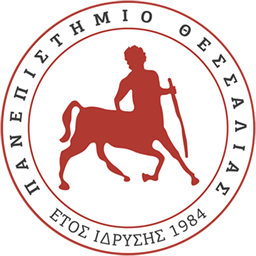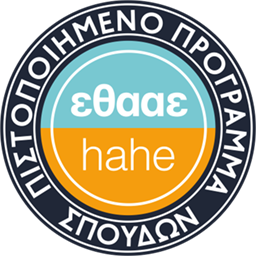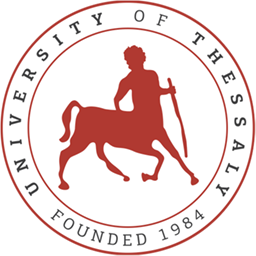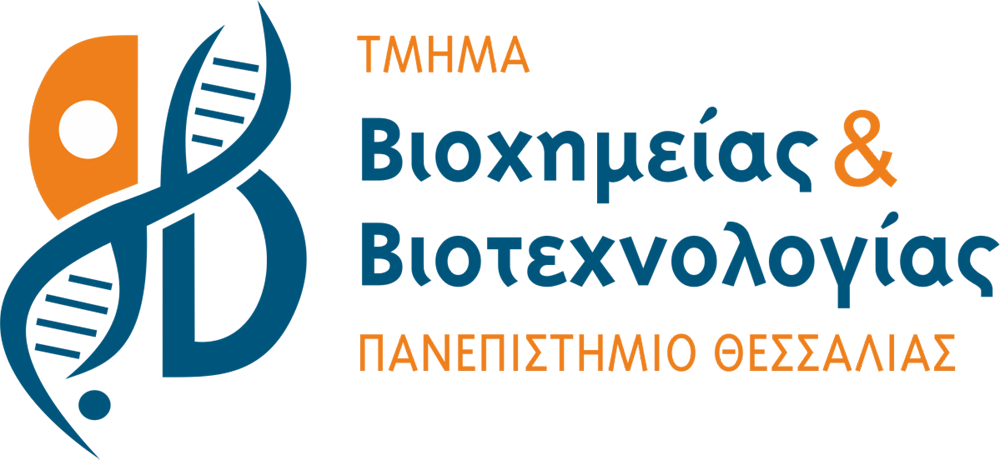Physiology I
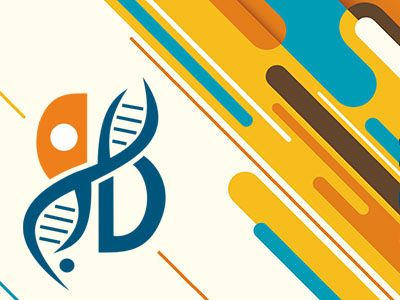
Theory: 3 hours/week | Tutorials: 2 hours/week | ECTS Units: 6
Content – Aim of the course
The aim of the course is to familiarize students with the basic functions of the systems of the animal organisms. In particular, in this first part of the animal physiology course, it is presented the function of the nervous, cardiovascular, endocrine and reproductive systems.
Analytical Description of the Course
- NERVOUS SYSTEM. Structure of neuron. Membrane potential – action potential of neuron – transmission of action potential. Synapses between neurons. Neurotransmitter agents.
- NERVOUS SYSTEM. Structure and function of brain.
- NERVOUS SYSTEM. Structure and function of spinal cord.
- NERVOUS SYSTEM. Autonomous nervous system. Sympathetic and parasympathetic systems.
- CARDIOVASCULAR SYSTEM. Blood. Mechanism of blood coagulation.
- CARDIOVASCULAR SYSTEM. Cardiac cycle. Cardiac action potential and electrical conduction system of the heart.
- CARDIOVASCULAR SYSTEM. Structure and function of blood vessels. Blood pressure.
- CARDIOVASCULAR SYSTEM. Lymphatic system.
- ENDOCRINE SYSTEM. Categorization of hormones based on their chemical structure. Hormonesofhypothalamic – pituitaryaxis.
- ENDOCRINE SYSTEM. Thyroid gland hormones. Parathyroid gland hormones. Regulation of calcium ion concentration in the blood.
- ENDOCRINE SYSTEM. Adrenal gland hormones. Hormones related to stress.
- ENDOCRINE SYSTEM. Hormones of pancreas. Regulation of insulin secretion. Diabetes.
- REPRODUCTIVE SYSTEM. Male reproductive system. Physiological role and regulation of androgens. Female reproductive system. Physiological role and regulation of estrogens.
Tutorials
Tutorials are based on the use of software specialized for Human Physiology teaching.
- Neuron structure.
- Membrane potential – Neuron action potential.
- Synapses between neurons. Neurotransmitter agents.
- Autonomous nervous system. Sympathetic and parasympathetic systems.
- Blood. Anatomy of the heart. Cardiac cycle. Cardiac action potential and electrical conduction system of the heart.
- Stroke volume – Cardiac output. Electrocardiogram.
- Principles of hemodynamics. Arterial and venous pulse. Blood pressure. Measurement of blood pressure using sphygmomanometer.
- Categorization of hormones based on their chemical structure. Hormones of hypothalamic – pituitary axis.
- Thyroid gland hormones. Parathyroid gland hormones. Regulation of calcium ion concentration in the blood.
- Adrenal gland hormones. Hormones related to stress.
- Hormones of pancreas. Regulation of insulin secretion. Diabetes.
- Male reproductive system. Physiological role and regulation of androgens. Female reproductive system. Physiological role and regulation of estrogens.
- Educational movie about human embryonic development.
Assessment
The degree examination for this course consists of a theory paper during the examination periods held twice a year.
Reading Suggestions
- Medical Physiology by Guyton and Hall. Edition: Parisianos S. A., 2013.
- Human Physiology by Α. Vander, J. Sherman, D. Luciano, Μ. Τsakopoulos. Edition: Pashalidis, 2011.
- Physiology by Smokovitis. Edition: Kyriakidis, 2007.
Teaching Material / E-class
Lecturers
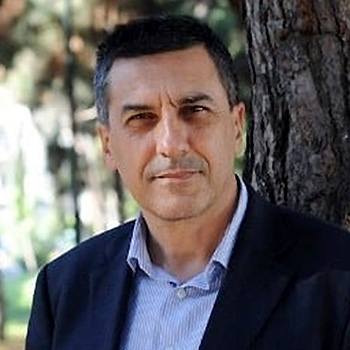
Dimitrios Kouretas (Course Coordinator)

